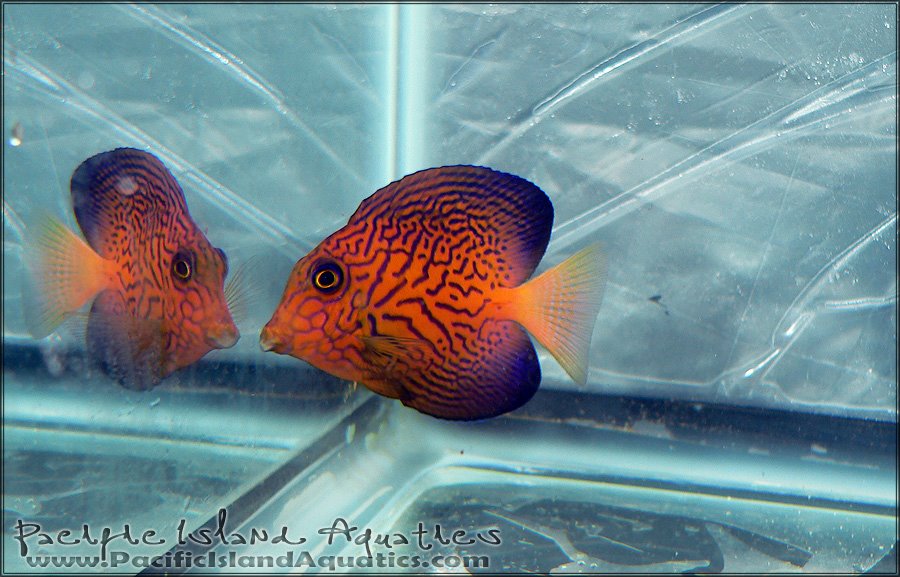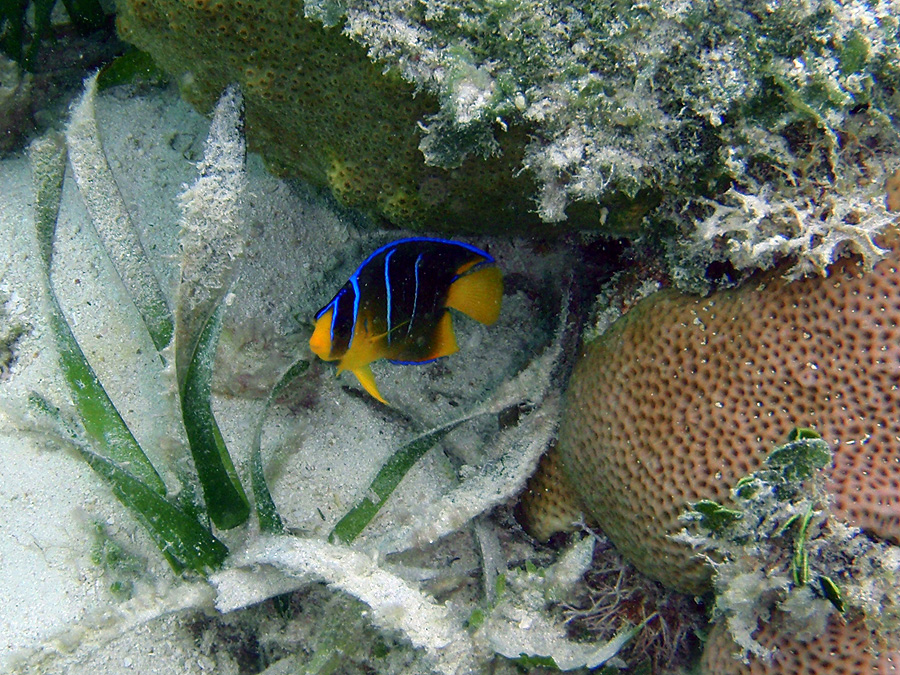An assessment published in the peer-reviewed journal Marine Policy has concluded that The State of Florida has a strong regulatory structure for its commercial marine aquarium fish fishery. The report by Paul A. Anderson and Robert S. Pomeroy of the Coral Reef Aquarium Fisheries Campaign found that the vast majority of fish species collected commercially for the trade indicate stable or increasing catch trends in Florida waters over 10 + years. And that’s quite an achievement.
The aim of the assessment was to review Florida’s Marine Life regulations, assess the efficacy of the regulatory landscape on select indigenous marine aquarium fish species, compare and contrast Florida’s regulations against those of other source locales, and provide recommended actions to benefit the fishery.

The global marine aquarium fishery has shrunk of late due to bans like the Hawaiian fishery closure, the Indonesian coral ban, as well as European import bans on corals of certain species or regions from Australia. This has a knock-on effect on fishers and traders, and with the closure of Hawaii, Florida has become the largest US aquarium fishery and hence a potential subject for scrutiny. With most of these bans being put in place due to a lack of data presented to the regulators, we applaud the action to act now to gather data and publish it in a journal. Also that when properly managed, wild-caught saltwater aquarium fish can be sustainable as well as contributing (substantially in some cases,) to the conservation of reefs and the local economy.
Florida’s coral reefs fuel the state with $1.16 B annually in tourism business, and robust communities of diverse marine aquarium fishes are a keystone feature of those vibrant colorful Florida coral reefs. The fishery is operated by the Florida Fish and Wildlife Conservation Commission and uses an informed governance approach that engages fishers in co-management while periodically assessing fisheries metrics made available from comprehensive catch data sets and more limited abundance data sets. The governing body also utilizes a range of regulations to manage the fishery, including license and permit requirements, and is surely a model for good aquarium fishery management.



